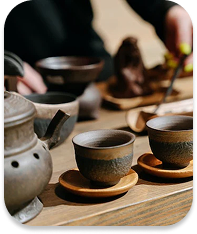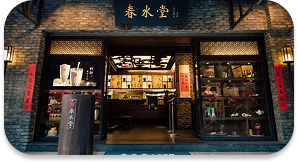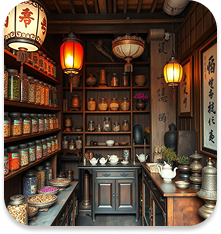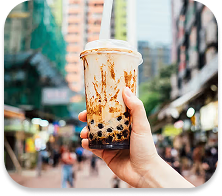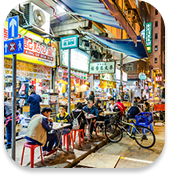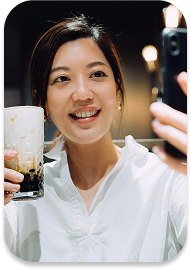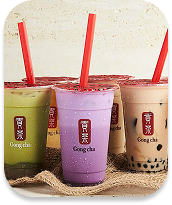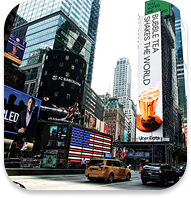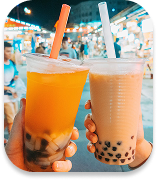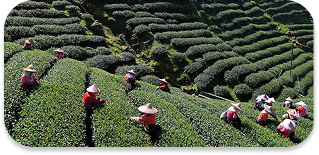
Bubble Tea originated in Taiwan in the early 1980's at a small tea stand. Elementary school children would look forward to buying a cup of refreshing tea after a long, hard day of work and play. Tea stands were set up in front of the schools and would compete for business with the best selling tea.
